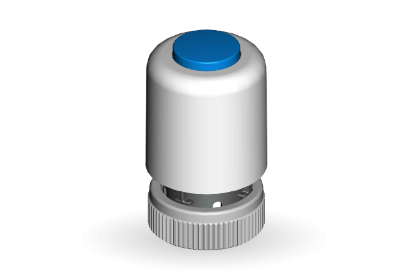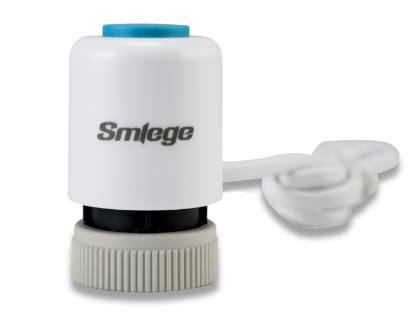How do thermal actuators work?
2023-04-14.
Thermal actuators are devices that use thermal energy to create motion or force. There are several types of thermal actuators, but most work based on the principle of thermal expansion.

Thermal expansion is the tendency of matter to change in shape, area, and volume in response to a change in temperature. When a material is heated, its atoms or molecules vibrate more rapidly, causing them to take up more space and expand. Conversely, when a material is cooled, its atoms or molecules slow down, and it contracts.
Thermal actuators typically use materials with a high coefficient of thermal expansion (CTE), which means they expand and contract significantly with changes in temperature. One common example is a bimetallic strip made of two different metals with different coefficients of thermal expansion. When heated, the strip bends because the two metals expand at different rates.

Another type of thermal actuator is a shape memory alloy (SMA) that undergoes a reversible phase transformation when heated above a certain temperature, allowing it to change shape. For example, nitinol, a popular SMA, can be used to create actuators that can contract or expand upon heating.
Thermal actuators are used in a variety of applications, including micro-electromechanical systems (MEMS), aerospace, automotive, and robotics.





